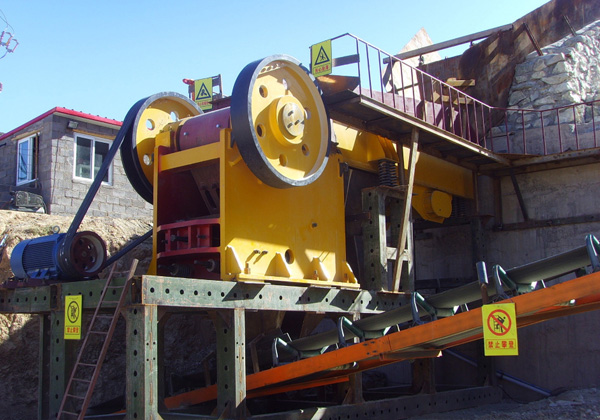When designing a lead-zinc ore crushing plant, several factors need to be considered to ensure optimal performance, cost-effectiveness, and reliability. The plant’s capacity, which is a critical aspect, depends on the scale of operation and the expected ore throughput. Below is an outline of the factors influencing the capacity and the configuration of a lead-zinc ore crushing plant.
Ore Characteristics and Feed Size
The first consideration in designing the crushing plant is understanding the characteristics of the lead-zinc ore. The hardness, moisture content, and the size of the ore pieces entering the plant play a vital role in determining the required capacity. Softer ores with lower moisture content allow for higher crushing capacities, while harder ores may require more robust equipment with lower throughput. Feed size also impacts the capacity, as larger ore pieces may necessitate primary crushing to reduce them to a manageable size before secondary and tertiary crushing stages.

Primary Crushing Stage
The primary crushing stage typically employs a jaw crusher or gyratory crusher, designed to handle large ore pieces and reduce them to a size suitable for further processing. For a lead-zinc ore crushing plant, the capacity of the primary crusher must match the expected volume of ore to be processed daily. Depending on the plant’s size, the primary crusher may have a capacity ranging from several hundred to several thousand tons per hour. Proper selection and sizing of this crusher are crucial to prevent bottlenecks in the downstream processes.
Secondary and Tertiary Crushing
After the primary crushing, the ore is usually conveyed to a secondary crusher, such as a cone crusher, to achieve further size reduction. This stage aims to produce smaller, more uniform particles that can be efficiently processed in the milling or concentration stages. In some plants, a tertiary crushing stage may also be included, especially if the ore requires very fine crushing. The capacity of these stages should be balanced with the primary crushing capacity to ensure a smooth and continuous operation without overloading any part of the plant.
Screening and Classification
Screening and classification are essential components in a lead-zinc ore crushing plant, as they help separate the crushed ore into different size fractions. This step not only ensures that the material is appropriately sized for the next processing stage but also prevents the overloading of crushers by removing fine material early in the process. The efficiency of the screening system can significantly impact the overall capacity of the plant. Well-designed screens and classifiers will ensure that only the material that needs further crushing is sent back, optimizing throughput and reducing energy consumption.
Capacity Optimization and Plant Layout
The overall capacity of the lead-zinc ore crushing plant depends on the efficiency and configuration of each crushing and screening stage. Optimizing the plant layout, including the placement of crushers, screens, and conveyors, is critical to maximizing capacity and minimizing operational costs. Factors such as conveyor lengths, transfer points, and storage facilities must be considered to avoid material handling issues that could reduce the plant’s throughput. Additionally, the plant should be designed with flexibility in mind, allowing for capacity upgrades or modifications as needed to meet future demand.

